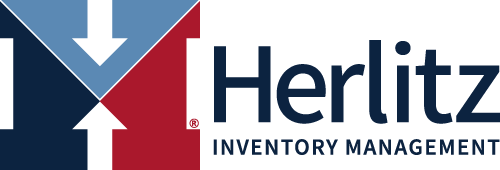When it comes to replenishing inventory, or more generally, inventory optimization, demand forecasting is the first and last most important element. After considering all these factors, the final order quantity will have very little to do with the daily or weekly forecast:
Economic Order Quantities (EOQ)
Vendor Discounts
Cost of Money
Minimum Order Quantities
Buying Multiples
Availability Issues
Lead Time Issues
Customer Bookings
Ads
Of course, we need a forecast as a foundational element, but forecasts are very much like hand grenades. They need to be in the area or generally correct in order to be effective. A good safety stock calculation covers normal demand and lead time deviations.
The more important aspect of demand forecasting is WHAT and HOW you feed the forecasting engine as “normal” demand. That leads to a very important question. How can buyers deal with demand that is higher than normal because of promotional activities and supply chain disruptions?
How to Keep Clean Demand During & After Promotions
Wholesalers have an advantage over retailers in that order entry demand data is readily available. Stores and chains can use this data to communicate which items it promotes and when. Then, wholesalers can create an on-the-fly daily forecast which accounts for seasonality within the year and within the week.
This enables them to calculate the “normal” demand for any item on promotion from any customer. With this forecast, wholesalers using HIMPACT can promo filter off the demand that is above that normal forecast as promotional demand.
Store level promo filtering has many advantages, especially for wholesalers who support multiple chains which promote differently. One advantage is the forecasting engine continues to get “normal” demand from the stores and items that are not on promotion. With daily reforecasting in HIMPACT, the forecast is continuously updating.
How to Keep Clean Demand During Supply Chain Disruptions
During the first year of the pandemic, when item consolidation was the rule, buyers needed:
- To record demand for the item that was ordered by the store or customer.
- To know which item was being shipped instead.
- A way to temporarily direct the “active” demand to the substituting item.
Temporarily directing active demand in this way is backwards from how good replenishment systems treat short term outs. The demand and forecast should always go to the item which was ordered and not the substituting item. In HIMPACT, we directed demand to the substituting item, temporarily, because this was not a short-term outage.
As 2020 was ending and some item assortments were reemerging, our users were able to break this artificial link. That meant the ordered item’s demand was recognized, and the sub item’s shipping history was ignored. In other words, it looked like no substitutions happened at all.
Through most of 2022, a new supply chain disruption was presented for our customers: Long Term Outs (LTOs). These LTOs were not communicated by the vendors/manufacturers like we saw in 2020. They were more random and unpredictable.
HIMPACT already contains functionality to filter off repeat orders that occur during periods of out of stock. This is done in a Ship & Cancel environment to avoid the double and triple counting of demand when customers order (and reorder) when products aren’t shipped.
However, our users were asking for our assistance with calculating the eventual pipeline fill. They wanted HIMPACT to scan their demand and ship history to detect both historic and ongoing LTOs so that we could data scrub that demand history automatically. This would help build an even stronger forecast going forward.
We have established LTO start and end rules, and using machine learning and predictive analytics, we are delivering a recommended pipeline fill for any item that we detect is in a current LTO status. With any data analysis tool, the quality of the data is key, or you get “garbage in, garbage out”. These examples are just a few of the approaches that we and our customers feel help make a difference.
Clean Demand is Vital for Long-Term Success
Keeping clean demand is challenging without the right tools in place. It becomes even more difficult to produce accurate forecasts when you add in promotions, supply chain disruptions, and other factors that change when and how buyers order. To make sure you are covered for anything, consider using an advanced inventory management system like HIMPACT to help your buyers effectively manage things like LTOs. Contact us today to schedule a demo and see what HIMPACT can do for you.


